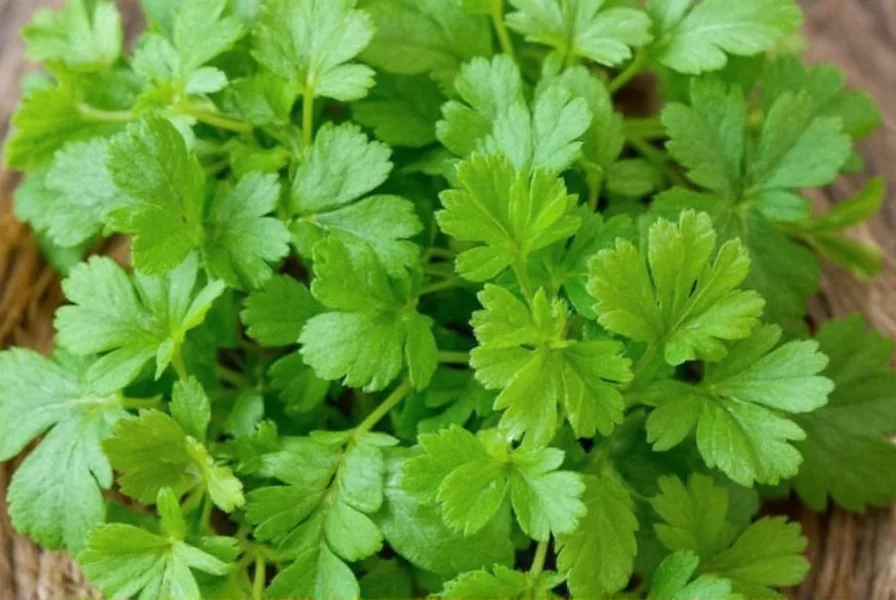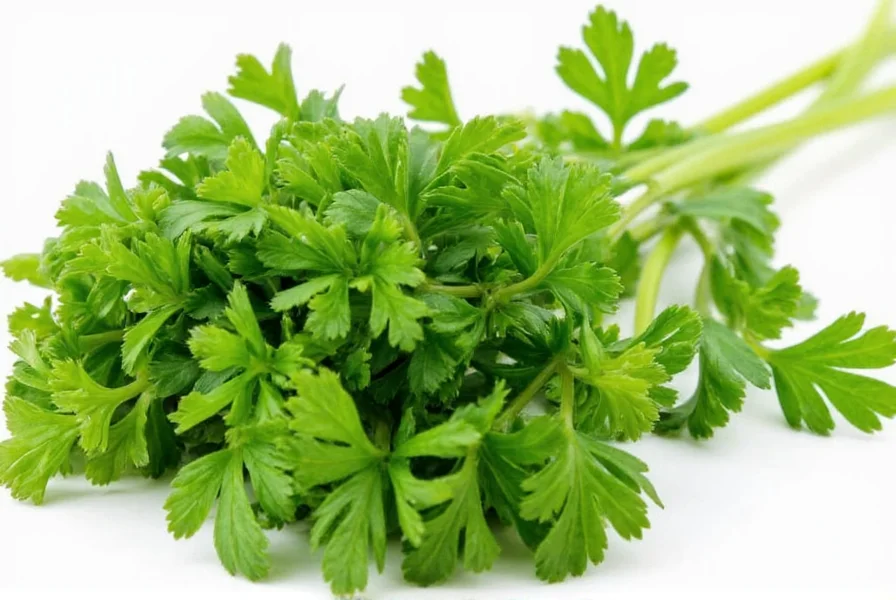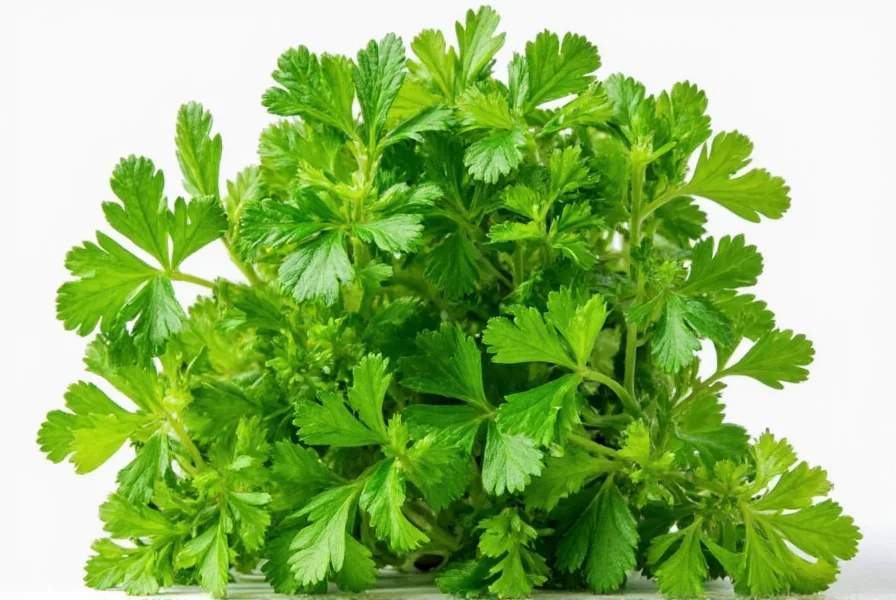Understanding the relationship between cilantro and coriander resolves one of the most common culinary confusions. Many home cooks and professional chefs encounter this terminology puzzle when following international recipes or shopping for ingredients. The simple truth is that both terms refer to different parts of the same annual herb plant, Coriandrum sativum, which belongs to the Apiaceae family alongside parsley, carrots, and celery.
Botanical Background of Coriandrum sativum
This versatile herb has been cultivated for over 7,000 years, with archaeological evidence found in Israel dating back to the Neolithic period. Every part of the plant serves culinary or medicinal purposes, but the naming conventions vary significantly across regions. The fresh green leaves and stems are what most Americans call “cilantro” (derived from the Spanish word for the plant), while the round, tan seeds are universally known as “coriander seeds” regardless of location.
| Term Used | Refers To | Common Regions |
|---|---|---|
| Cilantro | Fresh leaves and stems | United States, Canada, Latin America |
| Coriander (leaves) | Fresh leaves and stems | United Kingdom, Australia, Asia, Africa |
| Coriander (seeds) | Dried seeds | Worldwide |
| Chinese parsley | Fresh leaves and stems | Some Asian contexts |
Why the Different Names Cause Confusion
The dual terminology exists primarily due to linguistic evolution and regional preferences. When Spanish explorers encountered the plant in Mexico, they called it “cilantro,” which eventually became the standard term in North America for the fresh herb. Meanwhile, British colonists maintained the original Latin-derived term “coriander” for both the plant and its seeds.
This difference becomes particularly problematic when following recipes. An American recipe calling for “coriander” likely means the seeds, while a British recipe with the same ingredient listing probably requires fresh leaves. Understanding this distinction prevents culinary disasters and ensures authentic flavor profiles in international dishes.
Culinary Applications: Leaves vs. Seeds
The fresh leaves (cilantro/coriander leaves) offer a bright, citrusy flavor that works exceptionally well in salsas, guacamole, curries, and Southeast Asian dishes. Heat diminishes their flavor, so chefs typically add them at the end of cooking or as a garnish.
Coriander seeds, by contrast, provide a warm, nutty, slightly citrus flavor that intensifies when toasted. Ground coriander appears in spice blends like garam masala, curry powder, and berbere. The seeds work well in pickling, baking, and meat rubs where their flavor can develop through cooking.

Substitution Guidance
While fresh cilantro and coriander seeds come from the same plant, they're not interchangeable in recipes due to their dramatically different flavor profiles. However, if you need a substitute:
- For fresh cilantro: Try flat-leaf parsley with a squeeze of lime juice, or Vietnamese cilantro if available
- For coriander seeds: Cumin offers a somewhat similar earthy note, though the flavors differ significantly
Understanding whether your recipe requires the fresh herb or the dried seeds remains crucial for achieving the intended flavor. Always check the recipe's country of origin or look for contextual clues about whether the ingredient should be fresh or dried.
Botanical Clarification: The Whole Plant
Technically, the entire Coriandrum sativum plant is called coriander. The confusion arises from regional preferences for which part of the plant gets which name. In botanical terms:
- Coriander plant: The complete Coriandrum sativum plant
- Cilantro: Specifically the fresh leaves and stems (primarily North American usage)
- Coriander leaves: The fresh herb (used internationally outside North America)
- Coriander seeds: The dried fruit of the plant, used as a spice worldwide
- Coriander root: Used in some Southeast Asian cuisines for its intense flavor

Global Usage Patterns
The terminology difference follows distinct geographical patterns that reflect colonial history and linguistic evolution:
- United States and Canada: “Cilantro” for leaves, “Coriander” for seeds
- United Kingdom, Australia, New Zealand: “Coriander” for both leaves and seeds (context determines meaning)
- India and Southeast Asia: “Coriander” for both, with regional language terms for specificity
- Latin America: “Cilantro” for the fresh herb, “Comino” sometimes confused with coriander seeds (actually cumin)
This global variation explains why international cooks often encounter confusion when sharing recipes across borders. Recognizing these regional differences helps prevent ingredient mix-ups and ensures culinary success when exploring global cuisines.
Practical Tips for Home Cooks
When navigating recipes that use these terms, consider these practical strategies:
- Check the recipe's country of origin to anticipate terminology usage
- Look for contextual clues (fresh vs. dried, quantity used, cooking method)
- When in doubt, consider whether the flavor profile would benefit from bright citrus notes (fresh leaves) or warm spice notes (seeds)
- Store fresh cilantro properly (stems in water, covered loosely with a bag) to extend freshness
- Toast coriander seeds before grinding to maximize flavor release
Addressing Common Misconceptions
Several misconceptions persist about cilantro and coriander that deserve clarification:
- Misconception: Cilantro and coriander are different plants
Reality: They come from the same plant species - Misconception: The terms are completely interchangeable
Reality: They refer to different plant parts with distinct flavors - Misconception: “Coriander” always means the seeds
Reality: Outside North America, it commonly refers to the fresh herb - Misconception: Cilantro is just young coriander
Reality: The leaves remain “cilantro” throughout the plant's life cycle
Frequently Asked Questions
Is cilantro the same plant as coriander?
Yes, cilantro and coriander come from the same plant, Coriandrum sativum. Cilantro refers specifically to the fresh leaves and stems, while coriander typically describes the dried seeds. The entire plant is technically called coriander, with regional naming conventions causing the terminology difference.
Why do Americans call it cilantro instead of coriander?
Americans use 'cilantro' for the fresh leaves due to Spanish influence, as Spanish explorers brought the plant to the Americas and used the Spanish term. Most other English-speaking countries maintain the original Latin-derived term 'coriander' for both the plant and its seeds, creating the regional terminology difference.
Can I substitute cilantro for coriander seeds in recipes?
No, fresh cilantro and coriander seeds have dramatically different flavor profiles and are not interchangeable. Cilantro provides bright, citrusy notes best added at the end of cooking, while coriander seeds offer warm, nutty flavors that develop through cooking. For substitutions, use flat-leaf parsley with lime juice for cilantro, or cumin for coriander seeds (though flavors differ significantly).
What's the difference between coriander leaves and coriander seeds?
Coriander leaves (called cilantro in North America) have a bright, citrusy flavor that works well in fresh applications like salsas and garnishes. Coriander seeds provide a warm, nutty, slightly citrus flavor that intensifies when toasted and works well in cooked dishes, spice blends, and pickling. They come from the same plant but serve different culinary purposes.
Why do some people think cilantro tastes like soap?
Approximately 20-25% of people have a genetic variation that makes cilantro taste soapy to them. This is due to specific olfactory-receptor genes that interpret the aldehydes in cilantro similarly to how they process certain soap compounds. The phenomenon is genetic and varies by population, with higher prevalence among people of European ancestry.











 浙公网安备
33010002000092号
浙公网安备
33010002000092号 浙B2-20120091-4
浙B2-20120091-4